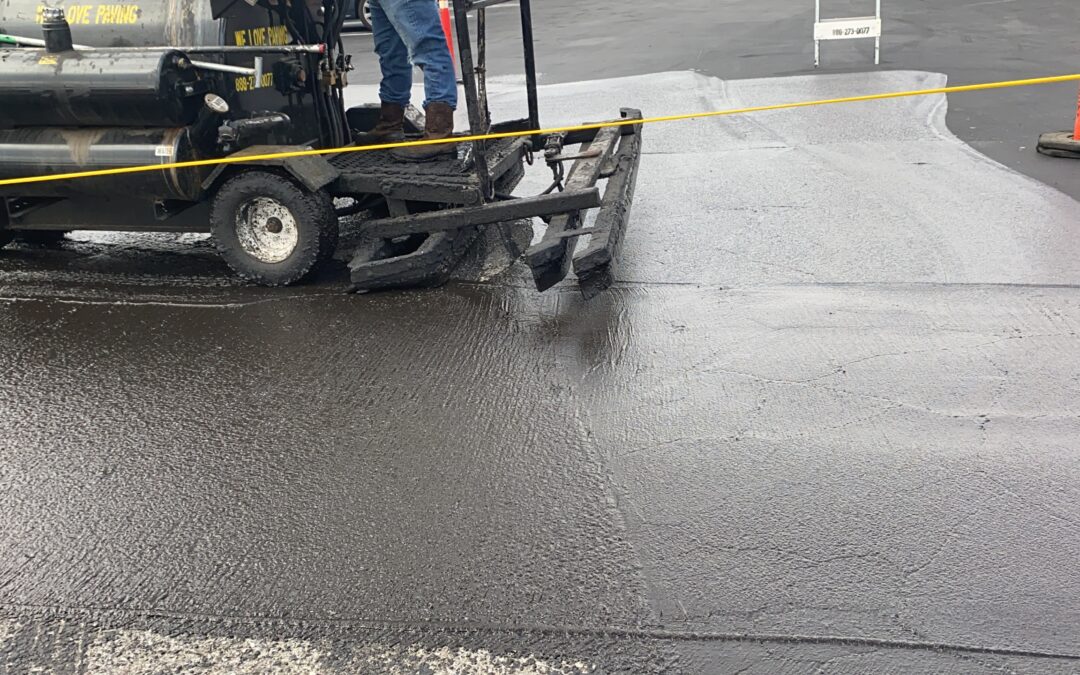San Jose, California, often referred to as the heart of Silicon Valley, boasts a vibrant community and a bustling urban landscape. Amidst the city’s modern skyline and tech-savvy atmosphere, the infrastructure that underpins daily life often goes unnoticed. Yet, one crucial aspect of urban infrastructure that impacts every resident and visitor alike is the condition of its streets. Who bears the responsibility for maintaining and paving these vital thoroughfares in San Jose? Let’s delve into the intricacies of street paving in this dynamic city.
The City of San Jose’s Department of Transportation
At the forefront of street maintenance and paving initiatives in San Jose stands the City’s Department of Transportation (DOT). Tasked with managing the city’s extensive network of streets and roadways, the DOT plays a pivotal role in ensuring safe and efficient transportation for residents and commuters. Under its jurisdiction falls a spectrum of responsibilities, ranging from routine maintenance tasks like pothole repairs to large-scale projects such as street resurfacing and reconstruction.
Collaboration with Public Works Department
While the DOT spearheads street paving efforts, it collaborates closely with the Public Works Department to streamline operations and maximize efficiency. The Public Works Department oversees various aspects of infrastructure maintenance, including sewer systems, public buildings, and, crucially, the city’s street infrastructure. This collaboration ensures a coordinated approach to street paving projects, leveraging resources and expertise from both departments for optimal results.
Funding Mechanisms: A critical aspect of street paving in San Jose, like in any city, is funding. Sourcing the necessary finances to undertake paving projects requires a delicate balance of budget allocation, grant procurement, and strategic planning. The city often relies on a combination of local taxes, state and federal grants, and dedicated funding initiatives to support its street paving endeavors. These funds are allocated based on factors such as pavement condition assessments, traffic volume, and community priorities.
Community Engagement and Feedback
In a city as diverse and dynamic as San Jose, community engagement plays a vital role in shaping street paving priorities. The city regularly solicits feedback from residents, businesses, and community stakeholders to identify areas in need of improvement and prioritize paving projects accordingly. Public input helps ensure that street paving initiatives align with the needs and preferences of the communities they serve, fostering a sense of ownership and collaboration.
Private Sector Involvement
Beyond governmental agencies, the private sector also plays a significant role in street paving efforts in San Jose. Contractors and construction firms are often enlisted to carry out paving projects, leveraging their expertise and resources to execute projects efficiently. Public-private partnerships may also come into play, particularly for larger-scale initiatives that require substantial investment and specialized capabilities.
Conclusion
In the intricate web of urban infrastructure management, the responsibility for street paving in San Jose, CA, is distributed among various governmental entities, private contractors, and community stakeholders. The City’s Department of Transportation, in collaboration with the Public Works Department, serves as the primary custodian of street maintenance and paving initiatives, supported by a framework of funding mechanisms, community engagement efforts, and private sector involvement. By working together, these stakeholders strive to ensure that San Jose’s streets remain safe, accessible, and conducive to the vibrant life of the city.

